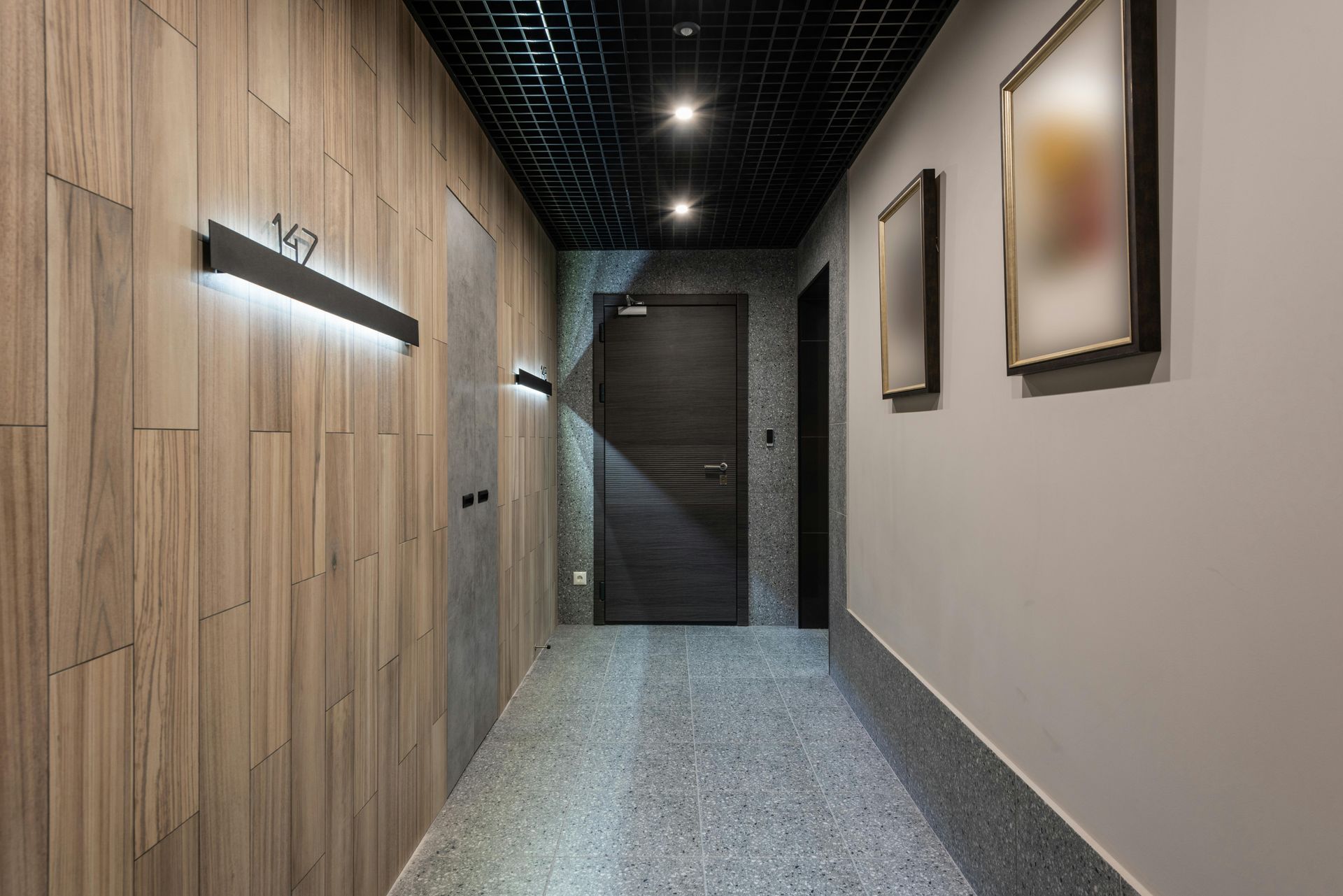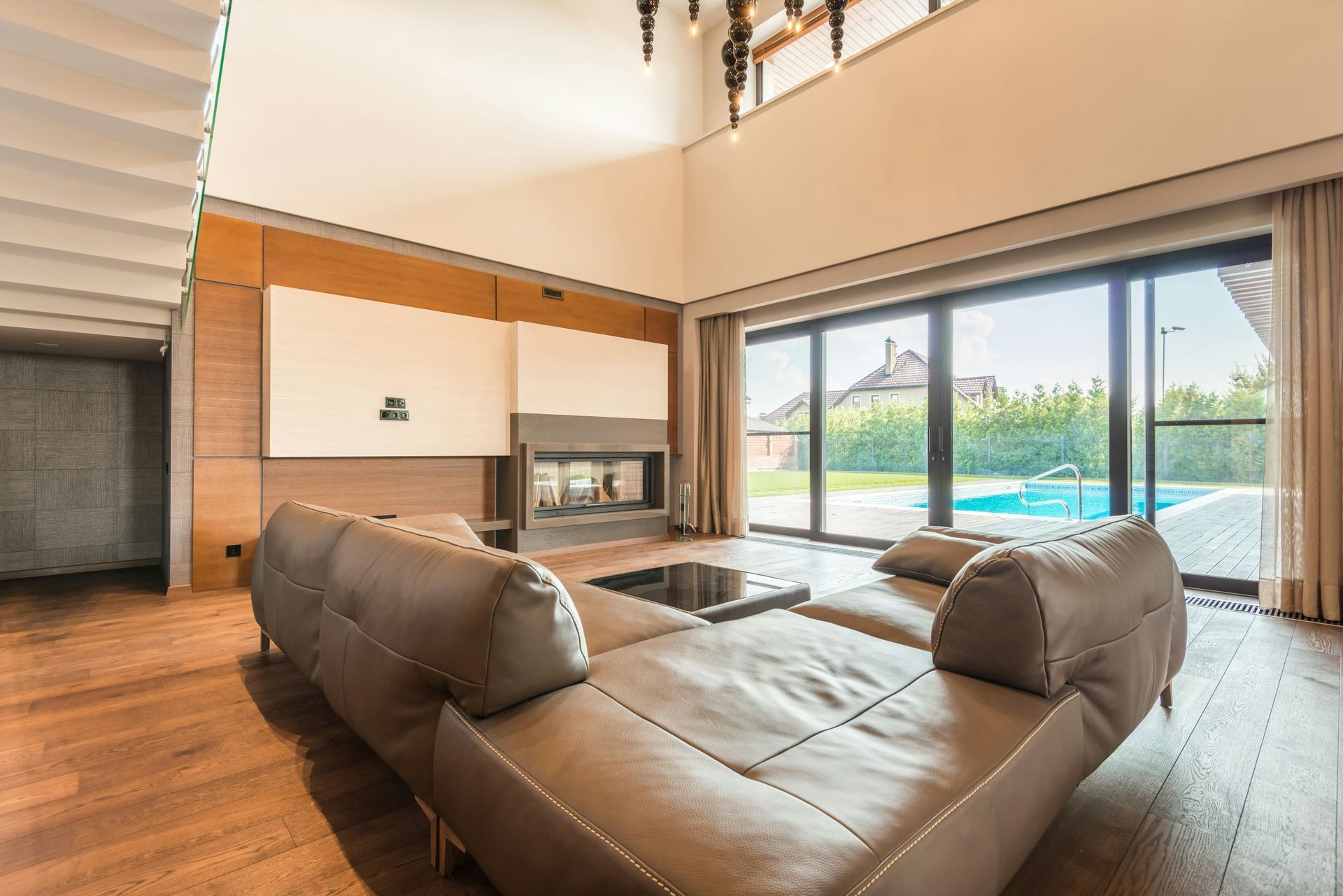What is a Looped Supply?
If you're planning a home extension, featuring a new kitchen, bathroom (if using electrical shower) or adding things like a car charger, it's important to understand how your electrical supply works, and what might need updating, especially some parts York where many homes were built several decades ago. One term that often crops up during extension or renovation work is a looped supply.
A looped supply is a type of electrical connection used in some older residential areas. Rather than each home having its own separate power feed directly from the local electricity network, two properties share a single main supply cable. In essence, the electricity "loops" from one house to the next. It’s a cost-saving method that was fairly common practice, particularly in semi-detached or terraced housing.
The looped cable typically runs underground from a nearby distribution point—like a substation—and enters the first house. From there, it continues on to the next house, connecting both properties to the mains. This setup was perfectly adequate when homes used fewer electrical devices and had simpler power requirements. However, with today’s demand for high-capacity use, from EV chargers to modern kitchens and home offices with air conditioning, it can cause limitations.
You might not even know your property has a looped supply until an electrician or a DNO (Distribution Network Operator) identifies it during work. It’s not something most homeowners are aware of, but if you’re planning a substantial extension, building a garden office, or installing high-powered appliances, it’s something that might need addressing early on in the process.
So why does a looped supply matter when you’re extending your home? The biggest issue is capacity. Shared supplies can struggle to handle the demands of two modern households, especially if both are using electric showers, cookers, or charging an electric car. It’s not just about safety—though that is a major factor—it’s also about future-proofing. If your home is already on the edge of what the system can manage, adding another ring main or new circuits for an extension might push it too far.
Looped supplies also bring a few quirks. Because two houses are connected, any major electrical work can potentially affect both properties. For example, if one house requires urgent maintenance or an upgrade, it might mean a temporary interruption for the neighbour too. And from a technical perspective, looped connections can make isolating the supply or upgrading the service more complex than a standalone feed.
The good news is that it’s possible, and often free, to have a looped supply separated. Northern Powergrid, which covers Yorkshire, offers this service under certain conditions. If you're carrying out building work and need a separate supply for your extension or for something like an EV charger, they may attend the property and install a new connection point so that your home no longer shares the cable.
Before any major building work starts, it’s wise to arrange a survey to assess your existing power supply and whether it’s up to the job. This helps avoid hold ups later on. If your home is looped and you need a separate supply, that work must be completed before the main electrics for the extension are planned out.
It's also worth noting that modern electrical installations, including smart meters and certain protective devices—sometimes aren’t compatible with looped supplies. This is another reason why the national grid is gradually working to eliminate them, encouraging homeowners to move to individual feeds as homes are upgraded.
For homeowners, especially in towns and villages with older housing stock, looped supplies are still relatively common. If you’re unsure whether your home has one, an electrician can usually tell by inspecting your meter cupboard or main fuse. Look for signs such as two service cables (one coming in, one going out), or check if your neighbour’s supply box appears to be linked to yours.
While a looped supply isn’t inherently dangerous or faulty, it does represent a bit of a legacy issue. As our homes evolve and the way we use electricity changes, more and more people are choosing to modernise their setup. If you’re investing in a home extension, it’s a great opportunity to bring your power supply up to scratch at the same time.
Understanding your existing electrical infrastructure is just one part of a successful extension project, but it’s an important one. A bit of planning early on can help avoid surprises—and costs—down the line.











